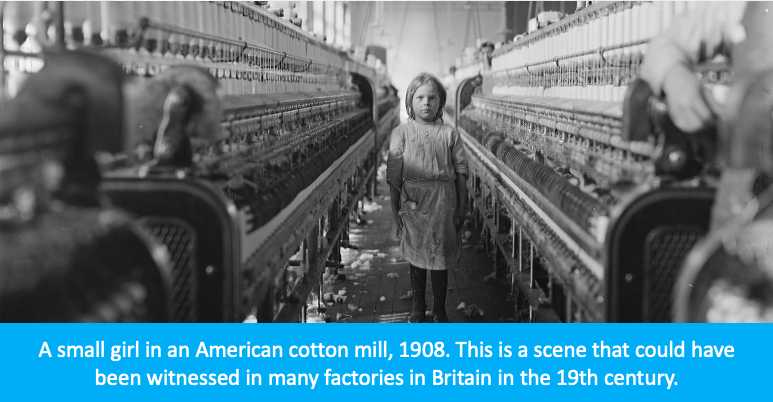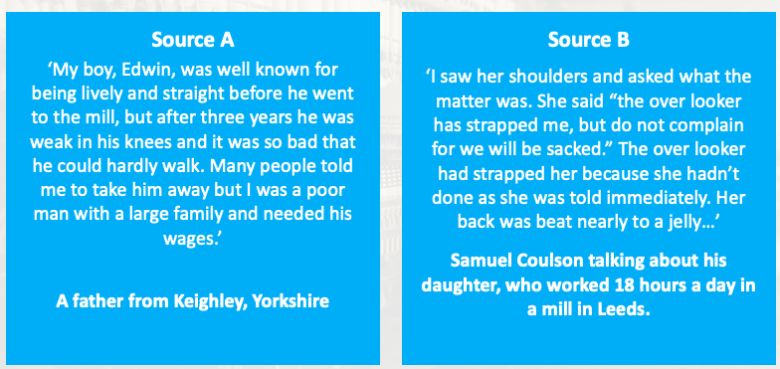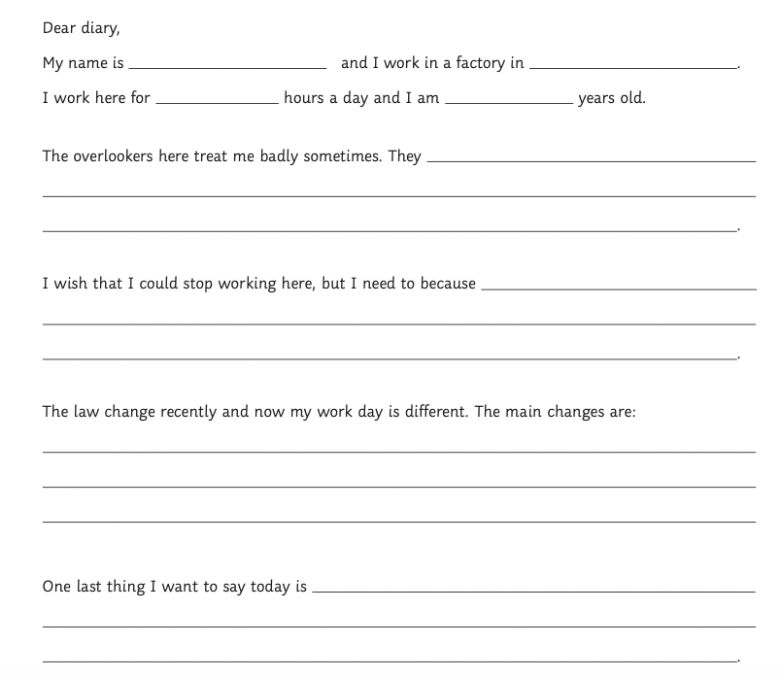Thursday 11th June
English L.O: To describe body language to convey character.Activity 1: Listen to Chapter 17 of 'The Stolen Sister' on the Learning --> Stories page of the website Activity 2: Look at this picture below and the body language of the two characters. If there were speech bubbles above them, what might they be saying to each other?
This short film tells the story of two whalers set in the Victorian period. They are a father and son team who have differing opinions about their jobs. The film doesn't have any dialogue (speech) and uses body language to show feelings. Today we are going to see how their body language shows the mood of the characters as the story progresses. Activity 3: Split your page in half and head each half with the sub-heading 'father' and 'son'
As you watch the film (below) and observe the body language of the characters, pause the clip and describe their body language in as much detail as you can. Also, suggest what mood you think this type of movement shows us (try not to mention any emotions in your description). Take notice of how the activity of the weather and the sea mirror (copy) the emotions felt by the characters. Try to link some weather and sea descriptions in with the emotions (e.g as their eyes narrow and their mouths open subconsciously, the fog builds around them (this shows how the characters confusion is mirrored by the weather). Example:
Activity 4: Open up the file below titled 'Character Descriptions' and complete a character description for both he father and son using what you have picked out from the video so far. |
MathsYear 5 L.O.: To multiply mixed fractions by integersActivity 1: Re-watch the demonstration video below for today's lesson.
Activity 2: Open up the file below titled 'Y5 Reasoning & Problem Solving' and complete either the Bronze, Silver OR Gold page. There are 6 questions for each level. Use the answers on page 4 to mark your work when you have answered all 6 qus.
Activity 3: For a challenge, open up the file below titled 'Y5 Platinum Challenge' and complete either the Bronze, Silver OR Gold page. Use the answers on page 4 to mark your work when you have finished.
Year 6 L.O: To calculate FDP equivalents.Activity 1: Re-watch the demonstration video below for today's lesson.
Activity 2: Open up the file below titled 'Y6 Reasoning & Problem Solving' and complete either the Bronze, Silver OR Gold page. There are 6 questions for each level. Use the answers on page 4 to mark your work when you have answered all 6 qus.
Activity 3: For a challenge, open up the file below titled 'Y6 Platinum Challenge' and complete either the Bronze, Silver OR Gold page. Use the answers on page 4 to mark your work when you have finished.
|
History L.O: To explain how child labour changed in factories during the Industrial Revolution.Activity 1: Imagine you are photographer of the following photograph and finish the following sentences in your home learning books:
Victorian FactoriesMost people, including children worked a 12 hour day. They had mid-day break for one hour and short breaks for breakfast and tea. Many factory owners put profit above the health and safety of their workers. Children and young women were employed in terrible conditions in textile mills and mines. Furnaces were operated without proper safety checks. Workers in factories and mills were deafened by steam hammers and machinery. Hours were long and there were no holidays. Activity 2: Watch the following video to find out more and then read the information below.
Read sources 1 and 2:
During Queen Victoria's reign many 'Acts' were established to help improve conditions for women and children in the factories. 1833 Factory Act
1842 Mines and Collieries Act
1844 Factory Act:
1847 Fielder's Factory Act:
1864 Factory Act, this extended the regulations to factories other than textiles and coalminers. Activity 3: Open up the file below titled 'Victorian Factories'. Using all you have learnt from the video, sources and information above, answer questions 1-6. Answers are also attached below, however, yours may vary slightly. Activity 4: Have a go at writing a short diary entry from the perspective of a factory working child using the guide below. Remember t include all of the information you have learnt throughout the previous activities!
|
P.E.At a time where we all find ourselves indoors for the most of the day, we should bear in mind how important daily exercise is for our health and wellbeing, particularly our mental health. If you are able to, take your device somewhere with plenty of space (even the garden on a nice sunny day) or clear some space in front of your computer and follow along with Joe Wicks for a 30 minute workout. I will definitely be doing the same! OR alternatively, Mrs Lightfoot has uploaded some very exciting links to other online PE sessions which you can access by following this link: Alternative P.E. Ideas
|




